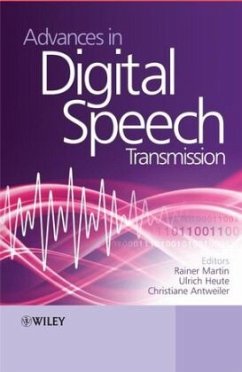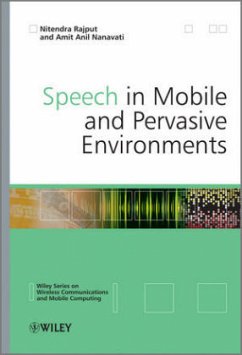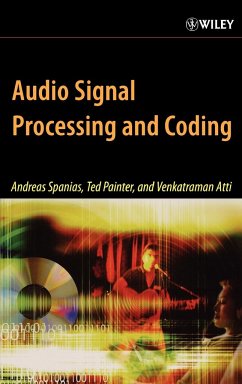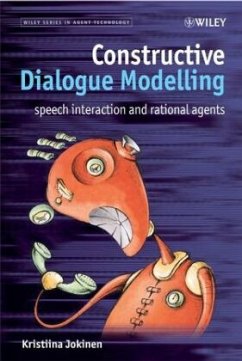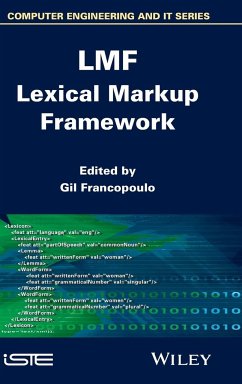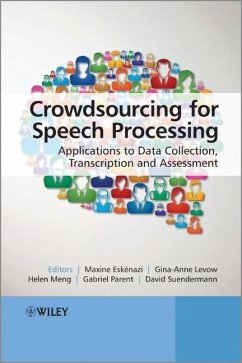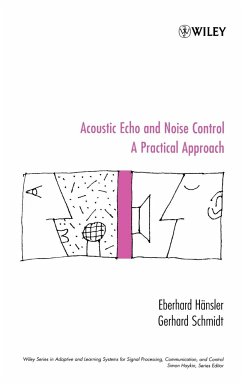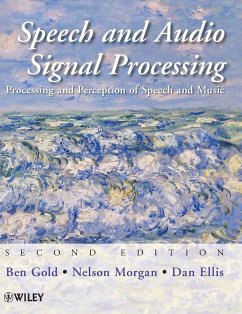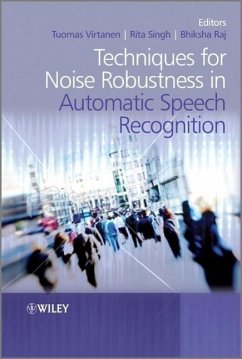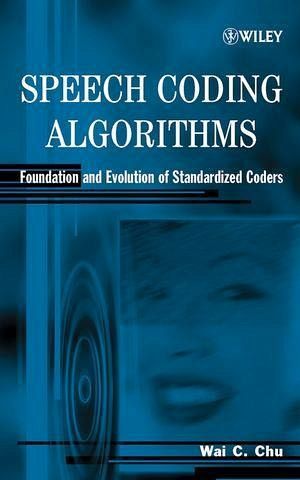
Speech Coding Algorithms
Foundation and Evolution of Standardized Coders

PAYBACK Punkte
106 °P sammeln!
Speech coding has evolved into a highly matured branch of signal processing, utilized in such products as cellular phones, answering machines, communication devices, and more recently, voice over internet protocol (VoIP). This book collects many of the techniques used in speech coding and presents them in an accessible fashion including coding algorithms and the important details that distinguish one technique from the other.
_ Speech coding is a highly mature branch of signal processing deployed in products such as cellular phones, communication devices, and more recently, voice over internet protocol
_ This book collects many of the techniques used in speech coding and presents them in an accessible fashion
_ Emphasizes the foundation and evolution of standardized speech coders, covering standards from 1984 to the present
_ The theory behind the applications is thoroughly analyzed and proved
_ This book collects many of the techniques used in speech coding and presents them in an accessible fashion
_ Emphasizes the foundation and evolution of standardized speech coders, covering standards from 1984 to the present
_ The theory behind the applications is thoroughly analyzed and proved



